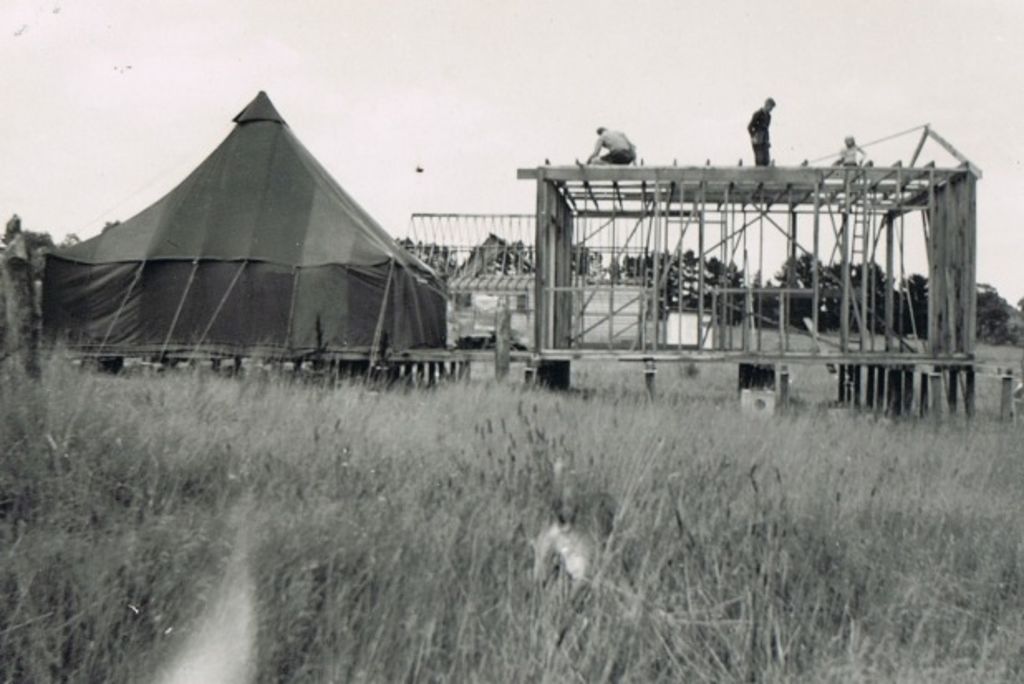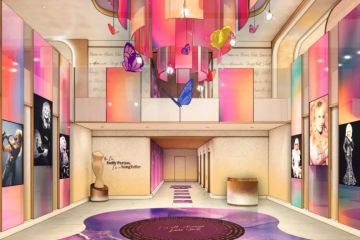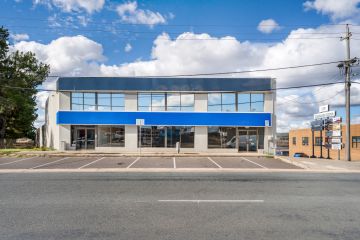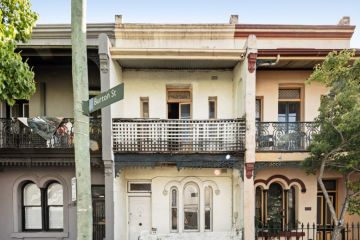In the footsteps of Robin Boyd

The hot button issue of affordable housing is not new. As much as it’s a seemingly irresolvable problem for millennials, so it was in the mid 20th century when their grandparents were young.
Affordable housing, and making it a reality for anyone motivated enough to self-build or direct the construction of a simple dwelling, was the main aim of the unique Small Homes Service. Running between the late 1940s and early 1950s as a partnership between The Age and the Victorian branch of the AIA, it thrust onto the public stage the architect whose big mission was to provide the solution.
The provocatively talented Robin Boyd was the Service’s first director. And in hundreds of plans that could be purchased for £5 each, he and colleagues made available the option of relatively inexpensive, repeatable, and expandable houses that used every possible means of economy but still delivered what he called “the heart of architecture – the quality of the spaces contained within the building”.
The focus was on “minimised houses with no space lost in passages but with rooms that are relatively large”. In 1947, Boyd argued that a house that “juggles what most families need into just over eight squares” could be completed for £1000.
As a seven year old in the 1950s, Bill Denheld recalls how his Dutch migrant dad Willem, a dental technician, progressively constructed “after work and on weekends”, a Small Homes Service house – Plan T320 — at Burwood, while his wife and three children lived in a tent “to save money”.
For the 18 months they were under canvas before moving into a structure with at least a roof, “it was a great adventure”.
Coincidentally, their nearest neighbour was Boyd’s widowed mother, Susan, whose Service-designed house was often visited by her son. Boyd would saunter over to the Denheld site to see how things were going.
“Can you imagine … Australia’s top architect available to give Dad the opportunity to question him about the construction?”
It took four years to finish the house but Denheld, a retired industrial designer, reckons it was a wonderful house. “Humble, but inside, it had such a fabulous use of space. We thought our house was even nicer than Mrs Boyd’s”. Denheld’s mother lived in it for 46 years.
In a Melbourne now growing by 100,000 people a year, which with other market forces puts even more pressure on first home buyers, the altruistic spirit that motivated Robin Boyd and the others who operated the Small Homes Service, is still alive.
In idealistic design circles, groups of architects have been taking the initiative, and putting their money, talents and time into creating more affordable housing in the form of low-rise apartment buildings that are stripped of the extras of marketing, second bathrooms, air conditioning and elements such as carparks which, as James Legge explains, “adds about $500,000 to the build costs of small apartment blocks”.
Pioneered by Breathe Architecture’s Jeremy McLeod who, in the multi-awarded 24-unit “The Commons” in Brunswick, showed the “sustainable urbanisation” model was workable. McLeod estimated the saving to unit buyers was about $120,000 each.
That model has since evolved into The Nightingale Projects and according to Six Degrees director, Legge, whose architectural firm is progressing with the development of Nightingale 2 on redundant railway property beside Fairfield Station, there is already a waiting list of 100,000 interested potential future owner-occupiers.
If Nightingale 2 goes to plan, by 2018 there should be 20 one-, two- and three-bedroom units costing between $425,000-$825,000. Legge agrees that’s not exactly basement-price but it is certainly more affordable, attractive, environmental and sociable than the same-same unit stock being constructed by big building developers.
Legge says 173 interested parties signed up for Nightingale 2 and that Nightingale 3, which will be developed by another architectural firm and another cohort of ethical investors, already has their land selected.
“It’s exciting. It will enable more people to live in suburbs they couldn’t otherwise afford and it will have a better urban outcome”.
No doubt Robin Boyd would have been 1000 per cent supportive.
We recommend
We thought you might like
States
Capital Cities
Capital Cities - Rentals
Popular Areas
Allhomes
More





